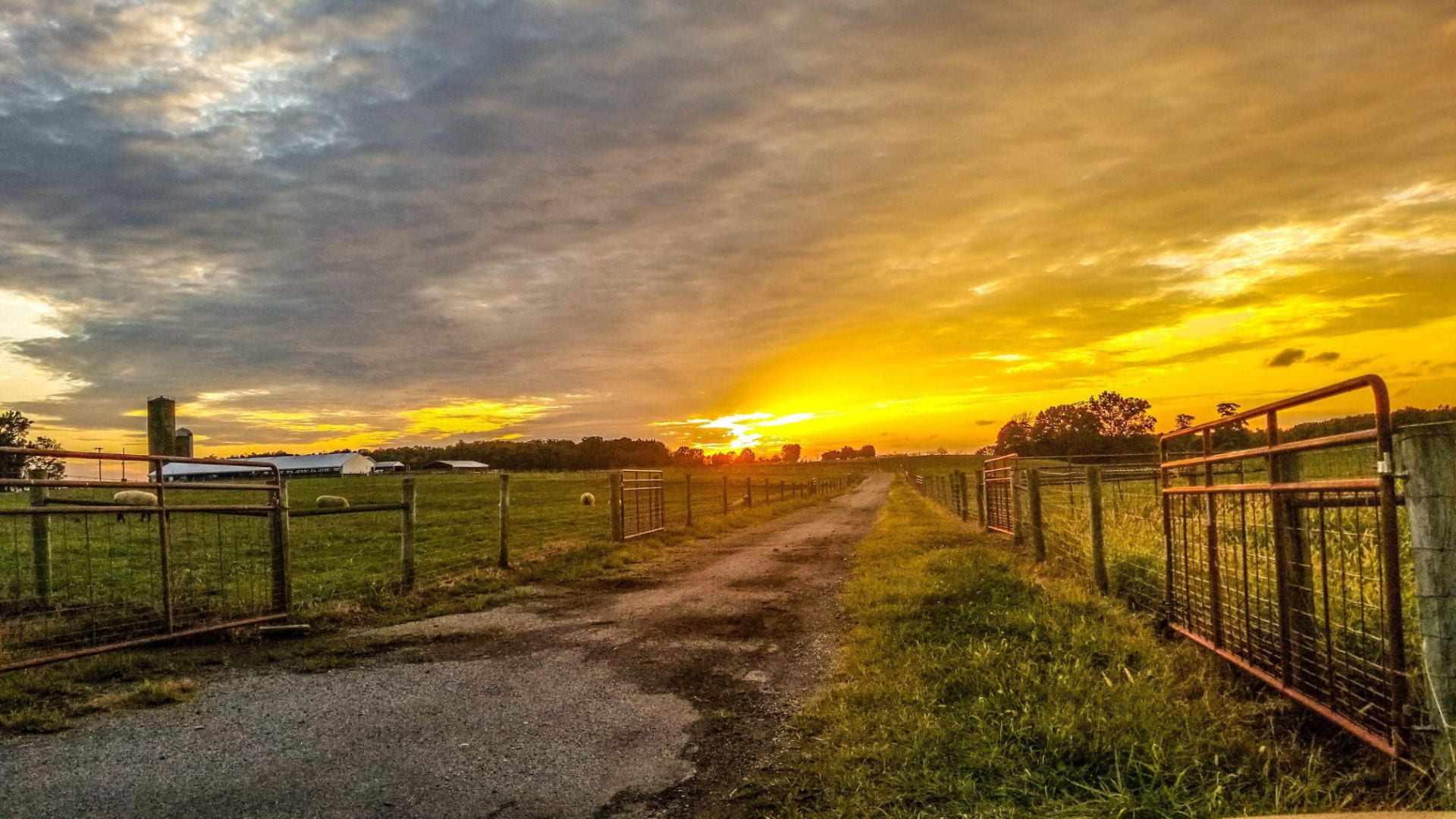Jason Hartschuh, Dairy Management and Precision Livestock, Field Specialist
During  the winter lambing and kidding seasons, ensuring that lambs and kids get up and dry as fast as possible is critical for survivability and thus operation success. As producers, we can assist with this process by providing a warm area by offering supplemental heat and reducing barn draft while the young are still wet. For many operations, a heating system is part of their lamb and kid survival strategy with the lower critical temperature for lambs and kids being 50°F. Below this temperature lambs and kids are chilled and either need additional energy or supplemental heat. Unfortunately, heating systems add risk to our livestock barns. Any system has at least a minimal increase in fire risk. Especially the most common way of adding heat with heat lamps over deep bedded straw.
the winter lambing and kidding seasons, ensuring that lambs and kids get up and dry as fast as possible is critical for survivability and thus operation success. As producers, we can assist with this process by providing a warm area by offering supplemental heat and reducing barn draft while the young are still wet. For many operations, a heating system is part of their lamb and kid survival strategy with the lower critical temperature for lambs and kids being 50°F. Below this temperature lambs and kids are chilled and either need additional energy or supplemental heat. Unfortunately, heating systems add risk to our livestock barns. Any system has at least a minimal increase in fire risk. Especially the most common way of adding heat with heat lamps over deep bedded straw.
When using heat lamps there are some best management practices to keep in mind. Continue reading Safe Use of Heat Lamps and Barn Monitoring System

 the forages is the key, along with diluting them and allowing livestock to be selective.
the forages is the key, along with diluting them and allowing livestock to be selective. Extension to host Mid-Ohio Small Farm Conference – March 11th, 2023- in Mansfield, Ohio
Extension to host Mid-Ohio Small Farm Conference – March 11th, 2023- in Mansfield, Ohio we all get anxious during the winter months and feel as if there must be something we can do out in our fields, preparing a good strategy for the upcoming growing season may just be the most proactive thing to do.
we all get anxious during the winter months and feel as if there must be something we can do out in our fields, preparing a good strategy for the upcoming growing season may just be the most proactive thing to do. meat for direct-to-consumer sales.
meat for direct-to-consumer sales.
 I used to smile a little when my wife complained that our house was too cold at 64°F. Now, I find myself sneaking over to the thermostat and bumping it up a couple of degrees.
I used to smile a little when my wife complained that our house was too cold at 64°F. Now, I find myself sneaking over to the thermostat and bumping it up a couple of degrees. experienced a sick sheep, or at least one that doesn’t look quite right, but how do we distinguish a serious illness from one that is mild, or simply normal behavior? While your veterinarian should always be your primary source of medical advice, it’s still important that shepherds have the ability to accurately identify and describe any signs and symptoms your animal may be experiencing. When calling your vet, this information will help him/her determine whether a farm visit is necessary or if a plan of care can be initiated by phone. It will also assist you in researching the problem on your own to identify possible causes. Gathering key information and intervening early can be lifesaving, especially in emergency situations.
experienced a sick sheep, or at least one that doesn’t look quite right, but how do we distinguish a serious illness from one that is mild, or simply normal behavior? While your veterinarian should always be your primary source of medical advice, it’s still important that shepherds have the ability to accurately identify and describe any signs and symptoms your animal may be experiencing. When calling your vet, this information will help him/her determine whether a farm visit is necessary or if a plan of care can be initiated by phone. It will also assist you in researching the problem on your own to identify possible causes. Gathering key information and intervening early can be lifesaving, especially in emergency situations.